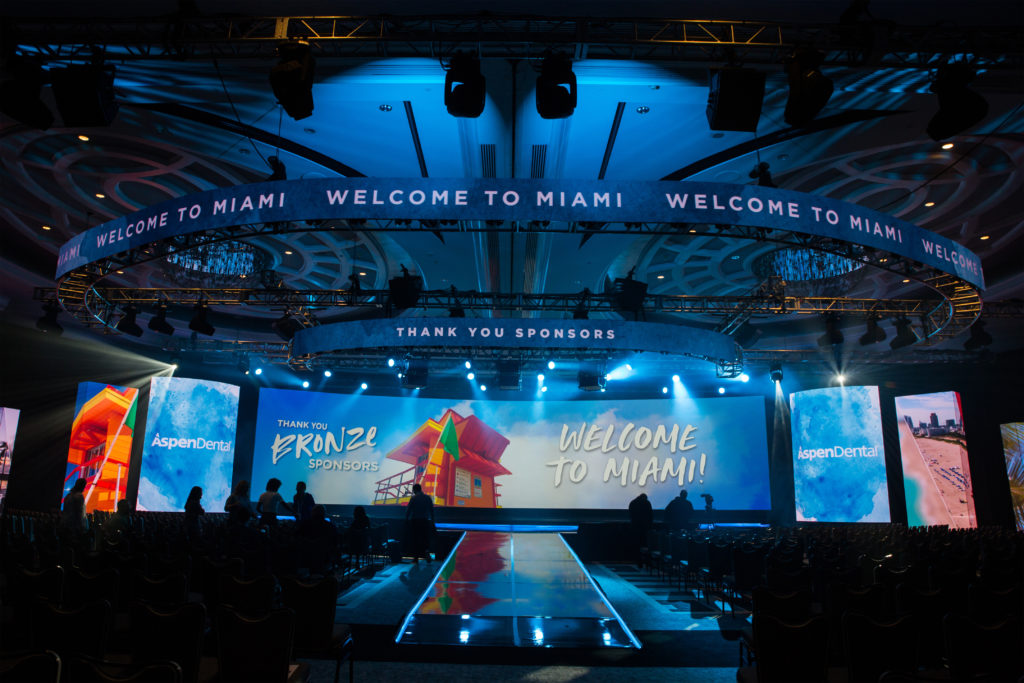Revolutionizing Spectator Engagement Via Engaging VR Experiences within Live Productions
Revolutionizing Spectator Engagement Via Engaging VR Experiences within Live Productions
Blog Article
In the past times, virtual reality has emerged as powerful instrument for boosting viewer engagement in live performances. Such innovation enables audiences to immerse oneself in a 3D setting, crafting a distinct encounter that traditional formats cannot easily replicate. By using VR, creators can move viewers into the heart of the action, causing them sense as if they are integral of the performance. This innovative approach not only enchants audiences but also unlocks new possibilities for storytelling and engagement.
One of the primary advantages of using VR in live productions is the ability to forge a greater engaging experience. Audiences can engage with the show in real-time, influencing the outcome or exploring different perspectives. For example, in a stage show, audiences using VR goggles can select to pursue specific characters or scenes, enabling them to customize their encounter. This level of engagement cultivates a more profound bond between the viewers and the show, rendering it more memorable and impactful.
Additionally, VR tools can enhance the sight and sound elements of a live production. With top-notch visuals and audio engineering, producers can build breathtaking settings that attract audiences in. This immersive characteristic can raise the complete encounter, rendering it even more captivating and enjoyable. For instance, a musical performance can be converted into a rich encounter, where audience members experience as if they are standing in front with the artists. Such improvements not just draw bigger viewers but also promote repeat attendance, as audiences seek to relive the excitement.
In addition improving audience engagement, VR can also offer insightful insights for producers. By analyzing how audiences engage with the digital setting, producers can collect information on audience likes and behaviors. This data can guide future productions, helping to tailor content to more effectively satisfy the demands and wants of the viewers. As a consequence, VR not just enhances the current experience but also contributes to the evolution of live productions as a whole.
With the technology continues to advance, the potential professional event staging for VR in live productions is vast. From stage shows and musical events to athletic competitions and celebrations, the opportunities are limitless. By embracing this innovative approach, producers can transform the way viewers engage with real-time entertainment. As more creators investigate the incorporation of VR, it is probable that we will witness a change in how performances are crafted and delivered, eventually resulting to a greater engaging and participatory prospect for live productions.